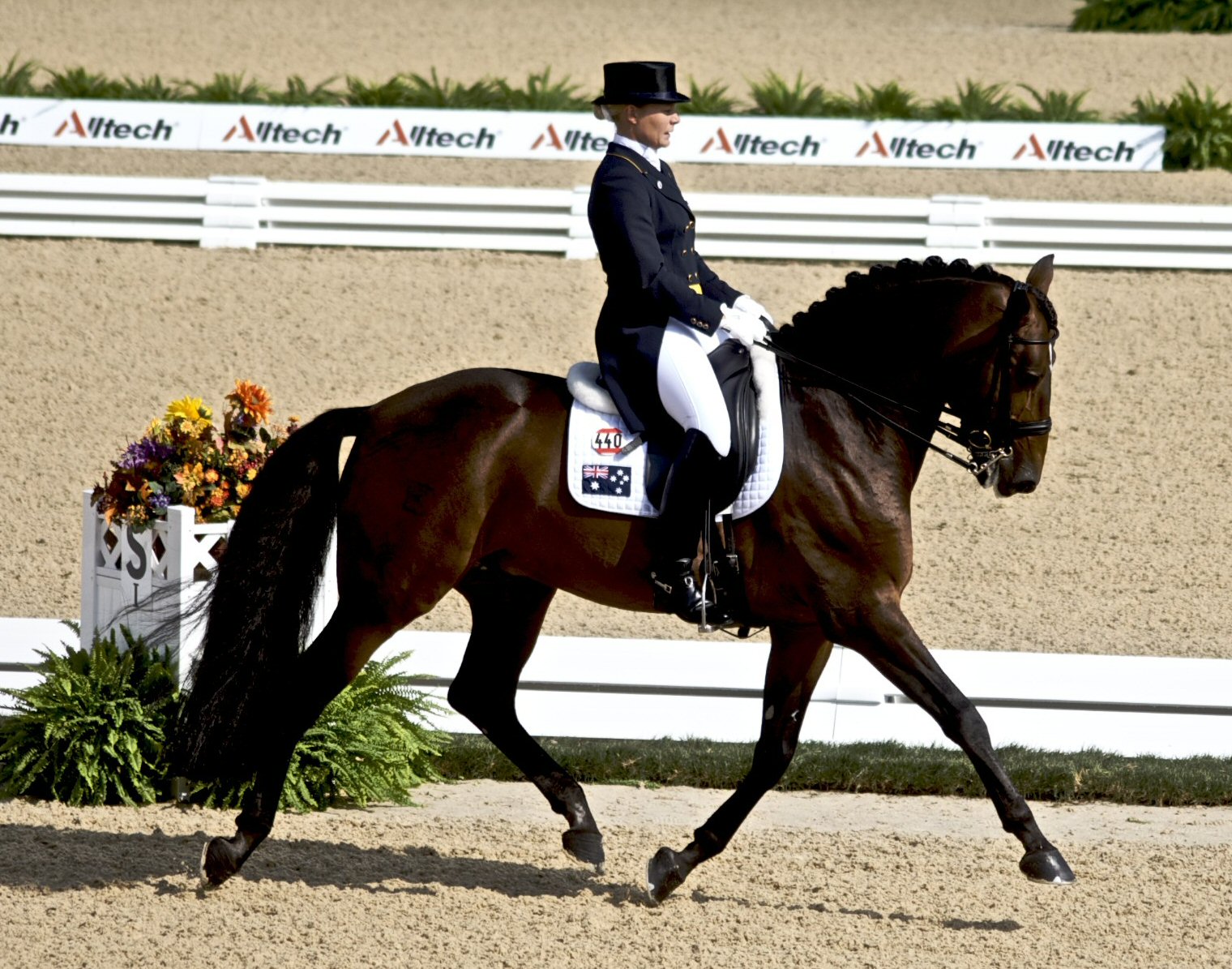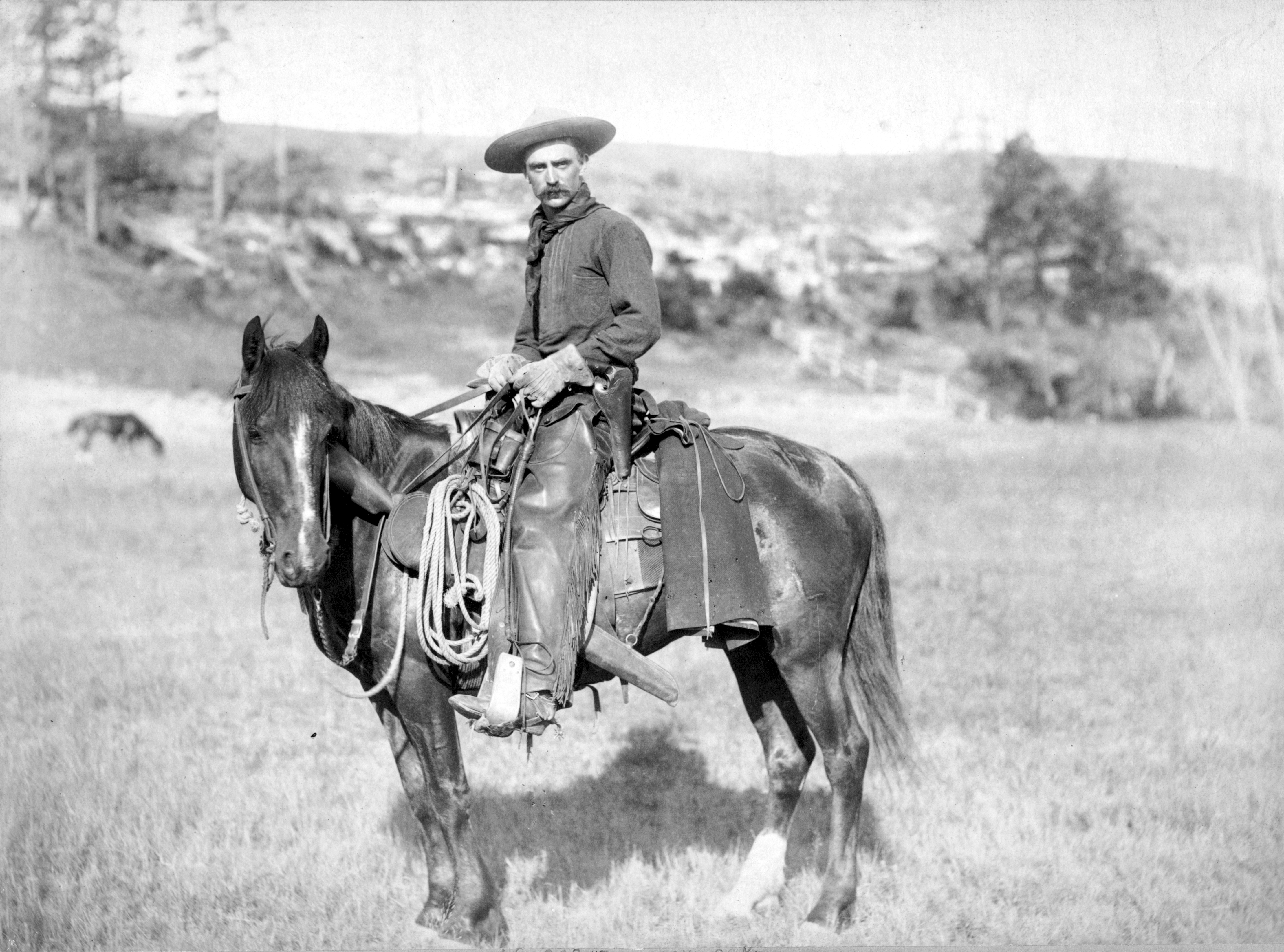|
Curb Chain
A curb chain, or curb strap, is a piece of horse tack required for proper use on any type of curb bit. It is a flat linked chain or flat strap that runs under the chin groove of the horse, between the bit shank's purchase arms. It has a buckle or hook attachment and English designs have a "fly link" in the middle to hold a lip strap. On English bridles the horse is bridled with the curb chain undone on one side, then connected once on the horse. On western bridles, the curb chain is kept buckled to both sides of the bit. Action The main use of the curb chain is to enhance and control the lever A lever is a simple machine consisting of a beam or rigid rod pivoted at a fixed hinge, or '' fulcrum''. A lever is a rigid body capable of rotating on a point on itself. On the basis of the locations of fulcrum, load and effort, the lever is d ... action of a curb bit. Additionally, it helps to keep the bit steady and in place within the mouth. On English pelham and double b ... [...More Info...] [...Related Items...] OR: [Wikipedia] [Google] [Baidu] |
Horse Tack
Tack is equipment or accessories equipped on horses and other equines in the course of their use as domesticated animals. This equipment includes such items as saddles, stirrups, bridles, halters, reins, bits, and harnesses. Equipping a horse is often referred to as tacking up, and involves putting the tack equipment on the horse. A room to store such equipment, usually near or in a stable, is a tack room. Saddles Saddles are seats for the rider, fastened to the horse's back by means of a ''girth'' (English-style riding), known as a ''cinch'' in the Western US, a wide strap that goes around the horse at a point about four inches behind the forelegs. Some western saddles will also have a second strap known as a ''flank'' or ''back cinch'' that fastens at the rear of the saddle and goes around the widest part of the horse's belly.Price, Steven D. (ed.) ''The Whole Horse Catalog: Revised and Updated'' New York:Fireside 1998 p. 167-178 It is important that the saddle be ... [...More Info...] [...Related Items...] OR: [Wikipedia] [Google] [Baidu] |
Curb Bit
A curb bit is a type of bit used for riding horses that uses lever action. It includes the pelham bit and the Weymouth curb along with the traditional "curb bit" used mainly by Western riders. Kimblewicks or "Kimberwickes" are modified curb bits, and a curb bit is used in a double bridle along with a bradoon. A curb bit is, in general, more severe than a basic snaffle bit, although there are several factors that are involved in determining a bit's severity. Liverpool bits are a type of curb bit commonly used for horses in harness. The curb bit The curb bit consists of a mouthpiece, curb chain, and a shank, with one ring on each side of the purchase arm of the shank, and one ring on the bottom of the lever arm of the shank. Pelham bits add a ring for a snaffle rein, next to the mouthpiece. Action A curb bit works on several parts of a horse's head and mouth. The bit mouthpiece acts on the bars, tongue and roof of the mouth. The shanks add leverage and place pressure o ... [...More Info...] [...Related Items...] OR: [Wikipedia] [Google] [Baidu] |
Equine Anatomy
Equine anatomy encompasses the gross and microscopic anatomy of horses, ponies and other equids, including donkeys, mules and zebras. While all anatomical features of equids are described in the same terms as for other animals by the International Committee on Veterinary Gross Anatomical Nomenclature in the book '' Nomina Anatomica Veterinaria'', there are many horse-specific colloquial terms used by equestrians. External anatomy * Back: the area where the saddle sits, beginning at the end of the withers, extending to the last thoracic vertebrae (colloquially includes the loin or "coupling," though technically incorrect usage) * Barrel: the body of the horse, enclosing the rib cage and the major internal organs * Buttock: the part of the hindquarters behind the thighs and below the root of the tail * Cannon or cannon bone: the area between the knee or hock and the fetlock joint, sometimes called the "shin" of the horse, though technically it is the third metacarpal * Ches ... [...More Info...] [...Related Items...] OR: [Wikipedia] [Google] [Baidu] |
Bit Shank
The bit shank is the side piece or cheekpiece of a curb bit, part of the bridle, used when riding on horses. The bit shank allows leverage to be added to the pressure of the rider's hands on the bit. Shanks are usually made of metal, may be straight or curved, and may be decorated in some disciplines. The headstall and curb chain or curb strap of the bridle is attached to the top of the shank, and the reins are attached at the bottom. Shanked curb bits are used in western riding for nearly all adult horses, and are seen in English riding disciplines primarily as part of the double bridle used by advanced dressage riders, and on the hybrid pelham bit that includes a ring for a second rein attached at the bit mouthpiece. Direct pressure snaffle bits have no shanks, instead they have a single bit ring. Bits that have shanks coming off the mouthpiece create leverage and place pressure on the poll via the crownpiece of the bridle, to the chin groove via the curb chain, and, es ... [...More Info...] [...Related Items...] OR: [Wikipedia] [Google] [Baidu] |
Lip Strap
A lip strap is a piece of horse tack made of rolled leather or occasionally thin chain, used sometimes on some types of English-style curb and pelham bits. The lip strap runs between the bit shanks and passes through a special center ring on a curb chain sometimes called the "fly link". The lip strap attaches to rings at midpoint of the shanks and buckles on the near side. Retrieved on 3 April 2009 The lip strap helps keep a "mouthy" horse from mouthing or "lipping" the shank. It also helps prevent the curb chain from unfastening or otherwise moving too much. In western riding
Western riding is considered a style of horse riding which has evolved from t ...
[...More Info...] [...Related Items...] OR: [Wikipedia] [Google] [Baidu] |
English Riding
English riding is a form of horse riding seen throughout the world. There are many variations, but all feature a flat English saddle without the deep seat, high cantle or saddle horn that are part of a Western saddle nor the knee pads seen on an Australian Stock Saddle. Saddles within the various English disciplines are all designed to allow the horse the freedom to move in the optimal manner for a given task, ranging from classical dressage to horse racing. English bridles also vary in style based on discipline, but most feature some type of cavesson noseband as well as closed reins, buckled together at the ends, that prevents them from dropping on the ground if a rider becomes unseated. Clothing for riders in competition is usually based on traditional needs from which a specific style of riding developed, but most standards require, as a minimum, boots; breeches or jodhpurs; a shirt with some form of tie or stock; a hat, cap, or equestrian helmet; and a jacket. English riding ... [...More Info...] [...Related Items...] OR: [Wikipedia] [Google] [Baidu] |
Western Riding
Western riding is considered a style of horse riding which has evolved from the ranching and welfare traditions which were brought to the Americas by the Spanish Conquistadors, as well as both equipment and riding style which evolved to meet the working needs of the cowboy in the American West. At the time, American cowboys had to work long hours in the saddle and often over rough terrain, sometimes having to rope a cattle using a lariat, also known as a lasso. Because of the necessity to control the horse with one hand and use a lariat with the other, western horses were trained to neck rein, that is, to change direction with light pressure of a rein against the horse's neck. Horses were also trained to exercise a certain degree of independence in using their natural instincts to follow the movements of a cow, thus a riding style developed that emphasized a deep, secure seat, and training methods encouraged a horse to be responsive on very light rein contact. There are signi ... [...More Info...] [...Related Items...] OR: [Wikipedia] [Google] [Baidu] |
Pelham Bit
A pelham bit is a type of bit used when riding a horse. It has elements of both a curb bit and a snaffle bit. In this respect a pelham bit functions similar to a double bridle, and like a double bridle it normally has "double" reins: a set of curb reins and a set of snaffle reins. Because it has a bit shank and can exert curb-style pressure on the horse, it is considered a curb bit. Accessed November 15, 2008 Like all curb bits, a pelham bit has a mouthpiece, shanks with both purchas ... [...More Info...] [...Related Items...] OR: [Wikipedia] [Google] [Baidu] |
Lever
A lever is a simple machine consisting of a beam or rigid rod pivoted at a fixed hinge, or '' fulcrum''. A lever is a rigid body capable of rotating on a point on itself. On the basis of the locations of fulcrum, load and effort, the lever is divided into three types. Also, leverage is mechanical advantage gained in a system. It is one of the six simple machines identified by Renaissance scientists. A lever amplifies an input force to provide a greater output force, which is said to provide leverage. The ratio of the output force to the input force is the mechanical advantage of the lever. As such, the lever is a mechanical advantage device, trading off force against movement. Etymology The word "lever" entered English around 1300 from Old French, in which the word was ''levier''. This sprang from the stem of the verb ''lever'', meaning "to raise". The verb, in turn, goes back to the Latin ''levare'', itself from the adjective ''levis'', meaning "light" (as in "not heavy") ... [...More Info...] [...Related Items...] OR: [Wikipedia] [Google] [Baidu] |






